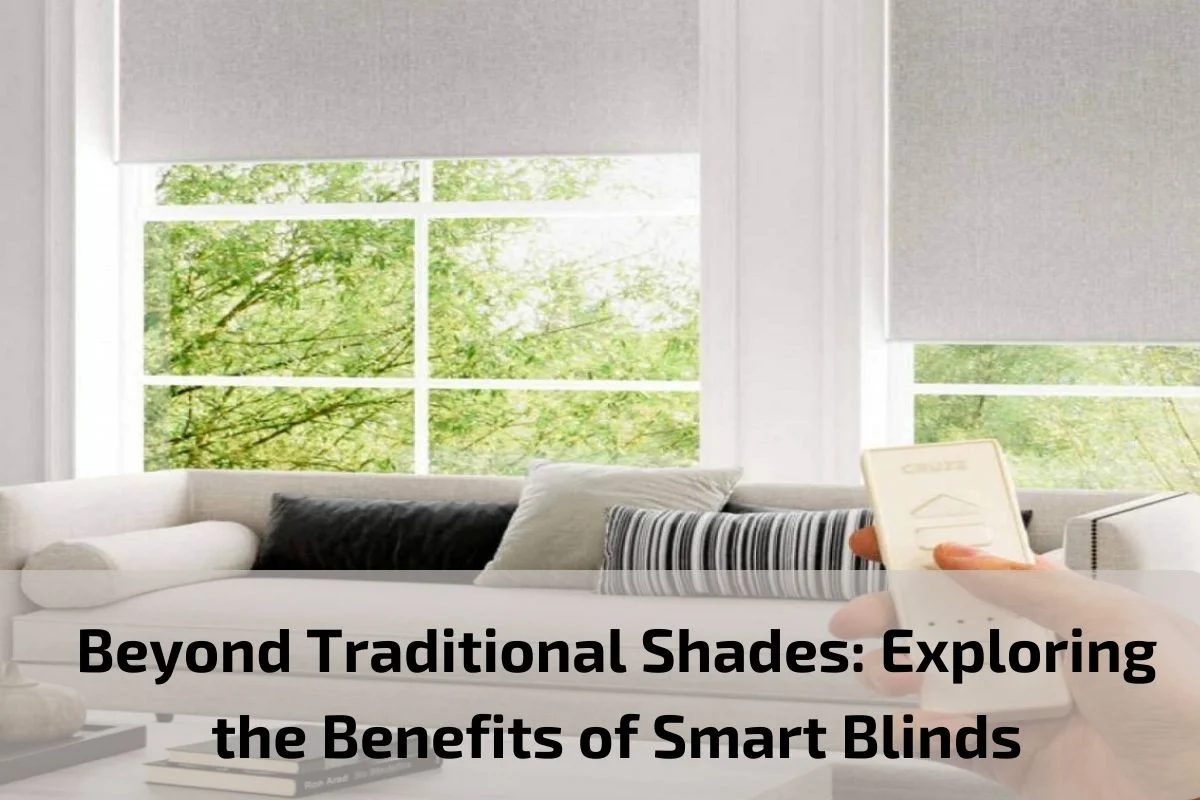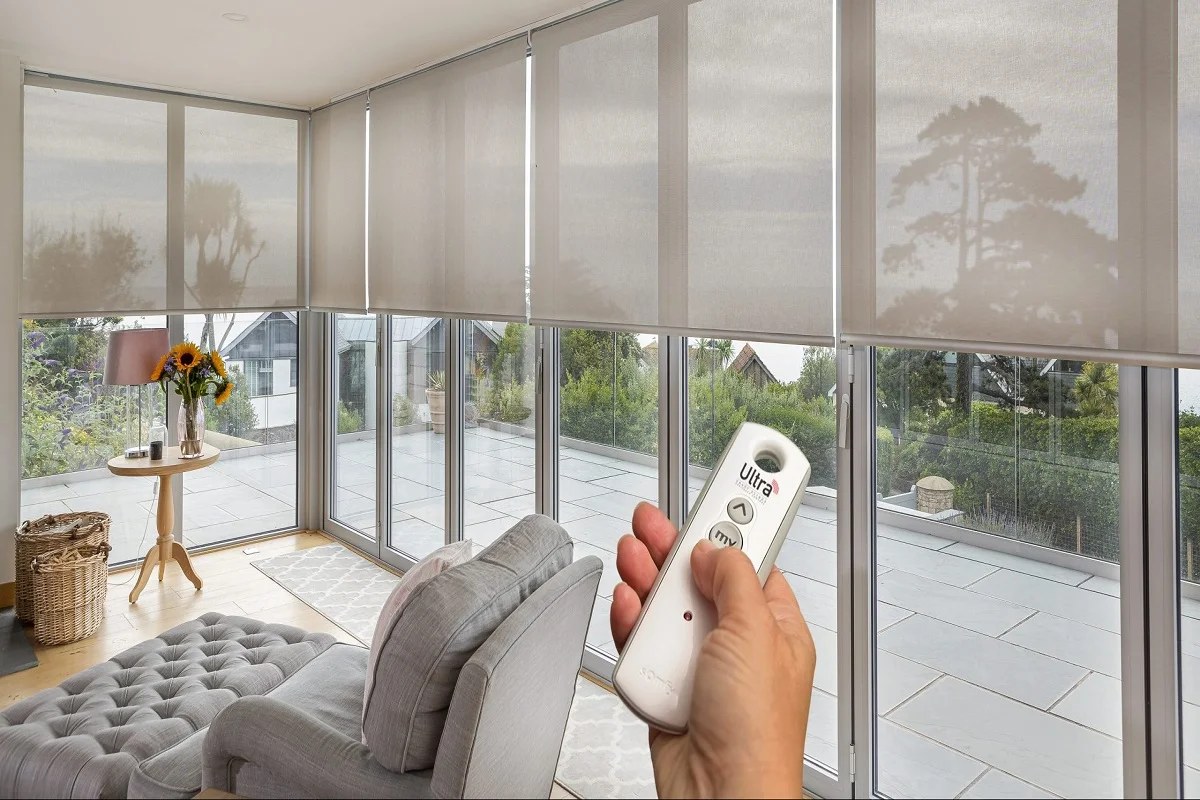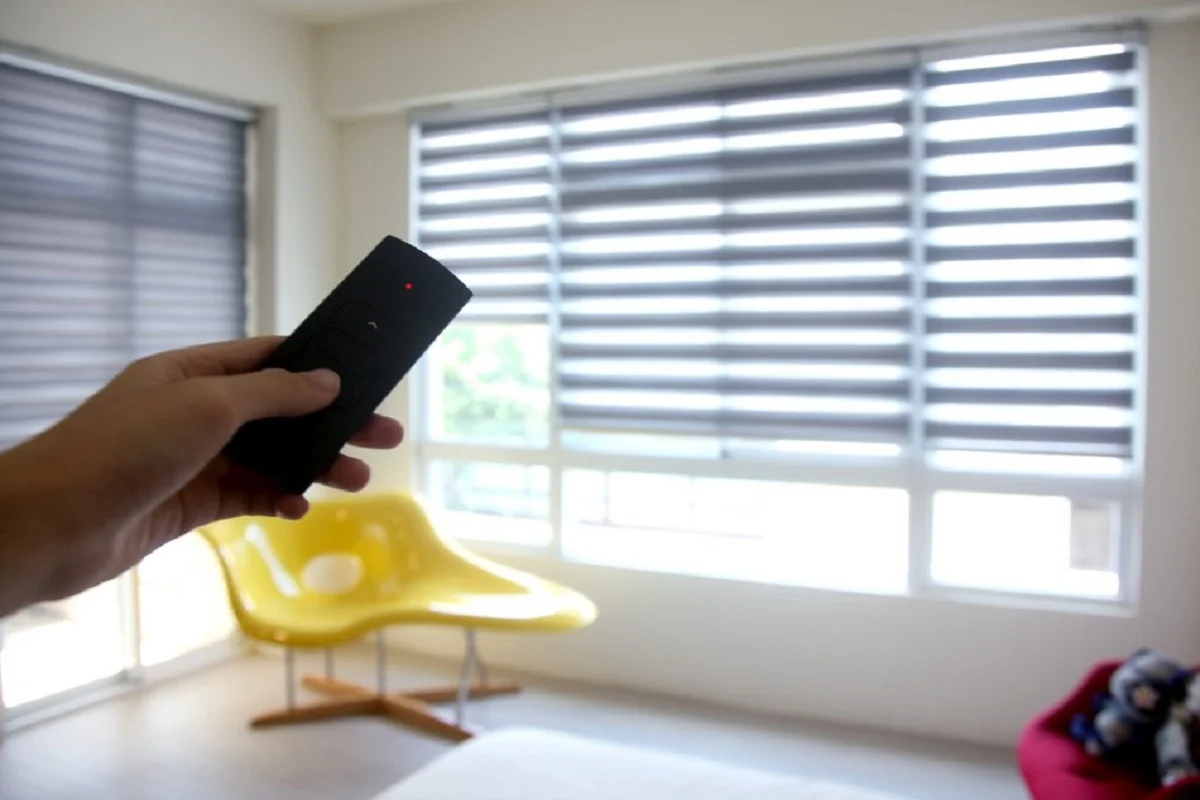In the ever-evolving landscape of home automation, the integration of smart technology has transcended mere convenience to redefine the way we interact with our living spaces. One area experiencing a remarkable transformation is window coverings, with the emergence of smart blinds marking a departure from conventional shades. These innovative window treatments not only offer a contemporary aesthetic but also introduce a host of benefits that extend far beyond the capabilities of their traditional counterparts.
As we delve into the world “Beyond Traditional Shades,” we will explore the exciting realm of smart blinds and unravel the myriad advantages they bring to modern homes. From enhanced energy efficiency to seamless connectivity, smart blinds are revolutionising the way we control natural light, manage privacy, and curate the ambiance within our living spaces. Join us on this journey as we navigate through the benefits that make smart Blinds a compelling addition to any home, ushering in a new era of intelligent and adaptable window solutions.
Introduction to the key features of smart blinds
In the dynamic realm of home automation, smart blinds have emerged as a transformative force, seamlessly blending technology with everyday living. These cutting-edge window treatments go beyond the traditional role of providing shade, introducing a plethora of features that cater to the demands of the modern lifestyle. Let’s delve into the key features that make smart blinds an intelligent and indispensable addition to contemporary homes.
Remote Control and Automation:
Smart blinds liberate homeowners from the constraints of manual operation. With remote control functionality, adjusting the blinds is as easy as a tap on a smartphone or a click on a remote control. The automation aspect allows for programmed schedules, enabling the blinds to adapt to the changing natural light throughout the day.
Integration with Smart Home Systems:
The true power of smart blinds lies in their ability to integrate seamlessly with broader smart home ecosystems. Whether it’s
syncing with popular platforms like Google Home or Amazon Alexa, smart blinds become a cohesive part of your interconnected home. This integration enables users to control blinds through voice commands, adding an extra layer of convenience to daily life.
Energy Efficiency Benefits:
Smart blinds contribute significantly to energy efficiency by optimising the use of natural light. Sensors can detect sunlight intensity and adjust the blinds accordingly, reducing the need for artificial lighting and optimising indoor temperature. This not only lowers energy consumption but also aligns with sustainable living practices.
Customization Options:
One size does not fit all, and smart blinds recognize the importance of customization. Users can tailor settings to match personal preferences, adjusting factors such as the degree of light filtering, speed of operation, and even creating specific schedules for different rooms. This level of customization ensures a personalised and comfortable living environment.
Benefits of Smart Blinds
Smart blinds have swiftly become a hallmark of modern living, offering a range of advantages that extend well beyond the realm of traditional window coverings. From heightened energy efficiency to an enhanced level of convenience, these innovative window treatments are reshaping the way we interact with our living spaces. Let’s explore the compelling benefits that smart blinds bring to the table:
Improved Energy Efficiency:
Smart blinds play a pivotal role in optimising energy consumption within the home. By automatically adjusting to external conditions, such as sunlight intensity and temperature, these blinds can regulate the indoor climate. This results in reduced reliance on artificial heating or cooling systems, leading to lower energy bills and a smaller carbon footprint.
Enhanced Privacy and Security:
Smart blinds provide a dynamic solution for privacy control. With the ability to adjust settings remotely, homeowners can easily manage the visibility into their living spaces. Additionally, when away from home, the ability to program blinds to simulate occupancy adds an extra layer of security, deterring potential intruders.
Seamless Connectivity:
The integration of smart blinds into the broader smart home ecosystem allows for seamless connectivity. Whether it’s through voice commands with virtual assistants like Amazon Alexa or Google Home, or through dedicated smartphone apps, users can effortlessly control and monitor their blinds from anywhere, adding a new dimension of convenience to daily life.
Customised Ambiance:
One of the standout features of smart blinds is the level of customization they offer. Users can create tailored settings for each room, adjusting the blinds’ position, tilt, or even the schedule of operation. This level of personalization allows for the creation of specific atmospheres, catering to individual preferences and the unique needs of each living space.
Noiseless Operation:
Smart blinds often boast motorised systems that operate silently, eliminating the disruptive noise associated with traditional blinds or curtains. This not only contributes to a peaceful living environment but also adds a touch of sophistication to the overall home ambiance.
Adaptable to Daily Routines:
With the ability to schedule and automate movements, smart blinds seamlessly adapt to daily routines. They can synchronise with sunrise and sunset, providing optimal natural light during the day and ensuring privacy and darkness at night. This adaptability enhances the overall comfort and livability of the home
Contributing to Sustainable Living:
Beyond individual benefits, the energy-efficient nature of smart blinds aligns with broader sustainability goals. By reducing energy consumption, these blinds contribute to a more environmentally conscious and sustainable way of living.
Choosing the Right Smart Blinds for Your Home
Selecting the perfect smart blinds for your home involves a thoughtful consideration of various factors, ranging from the technical specifications of the blinds to your personal preferences and the specific needs of each room. Here’s a comprehensive guide to help you navigate the decision-making process and ensure that the smart blinds you choose seamlessly integrate into your lifestyle:
Window Size and Type:
- Measure the dimensions of your windows accurately.
- Consider the type of windows (standard, bay, or specialty windows) to ensure compatibility.
Budget Considerations:
- Establish a budget for your smart blinds project.
- Explore different brands and models that align with your financial plan.
Desired Features and Customization Options:
- Identify the key features that matter most to you, such as remote control, automation, or voice activation.
- Assess customization options for factors like colour, material, and operational speed.
Integration with Smart Home Ecosystems:
- Check compatibility with your existing smart home devices and platforms (e.g., Amazon Alexa, Google Home, or Apple Home Kit
- Ensure that the smart blinds can seamlessly integrate into your broader home automation system.
DIY Installation vs. Professional Installation:
- Evaluate your comfort level with DIY installation.
- If unsure, opt for professional installation to ensure proper setup and functionality.
Consideration for Each Room:
- Assess the unique requirements of each room (bedrooms, living room, kitchen, etc.).
- Consider factors such as privacy needs, light control, and aesthetic preferences for each space.
Power Source and Wiring:
- Choose between battery-operated and hardwired options based on your preferences and the availability of power sources near your windows
Maintenance tip for Smart Blinds
Smart blinds offer an innovative and convenient solution for controlling natural light and privacy in your home. To ensure their optimal performance and longevity, it’s important to incorporate regular maintenance into your routine. Here are some essential tips to help you maintain and care for your smart blinds:
Regular Cleaning:
Dust and debris can accumulate on the surfaces of your smart blinds over time. Regularly dust them with a soft, dry cloth or use a gentle vacuum cleaner attachment to prevent the build-up of dirt.
Avoid Harsh Cleaning Agents:
When cleaning, avoid using harsh chemicals or abrasive cleaning agents that could damage the smart blinds’ materials or motorised components. Instead, opt for mild soapy water and a soft cloth for spot cleaning.
Inspect Moving Parts:
Periodically inspect the moving parts of the smart blinds, such as the motorised components and the track system. Ensure there are no obstructions or debris that could impede smooth operation.
Check Power Sources:
If your smart blinds are battery-operated, check the battery levels regularly. Replace batteries as needed to prevent interruptions in operation. For hardwired blinds, ensure that the electrical connections are secure.
Adjust Tension Settings:
Some smart blinds allow you to adjust tension settings. Periodically check and adjust these settings to ensure that the blinds move smoothly along the track without any undue resistance.
Conclusion
In the ever-evolving landscape of home technology, smart blinds stand out as a beacon of innovation, seamlessly merging functionality, style, and convenience. As we conclude our exploration into the realm of these intelligent window treatments, it becomes clear that they offer more than just a modern twist on traditional shades. Smart blinds bring a host of benefits to homeowners, transforming the way we interact with our living spaces and enhancing our overall quality of life.









